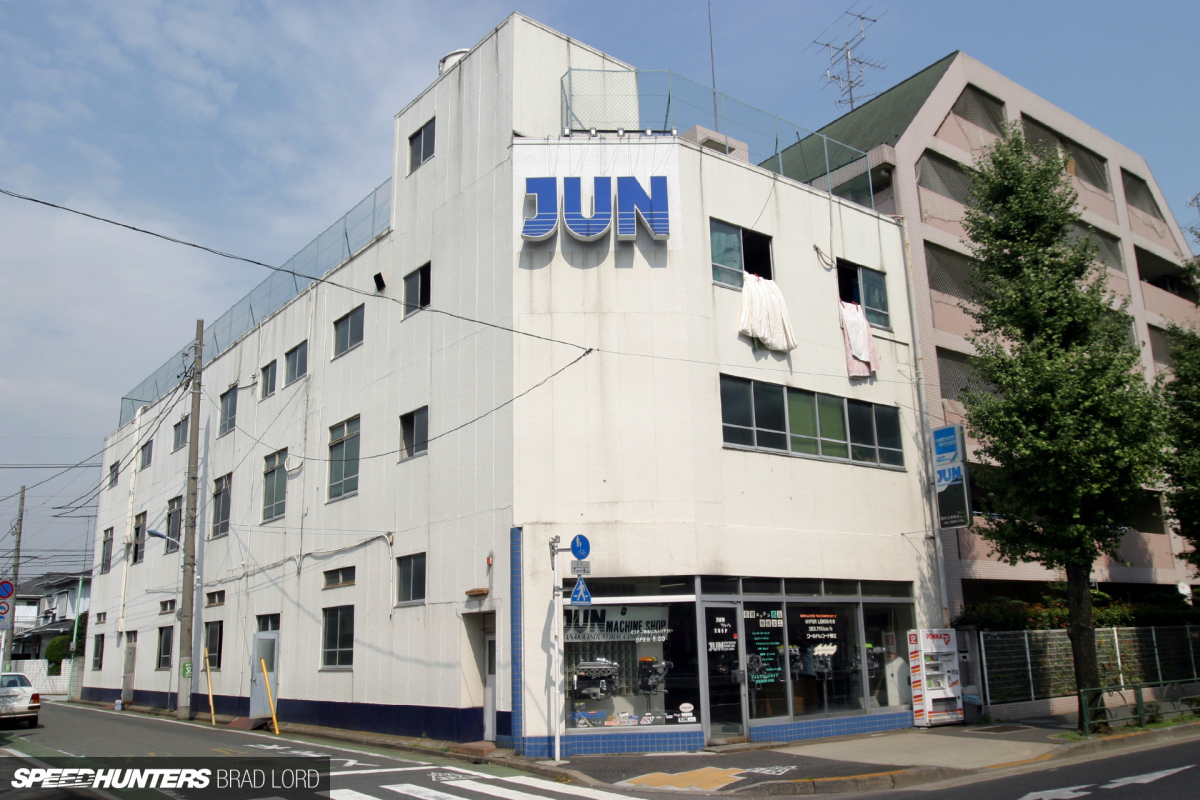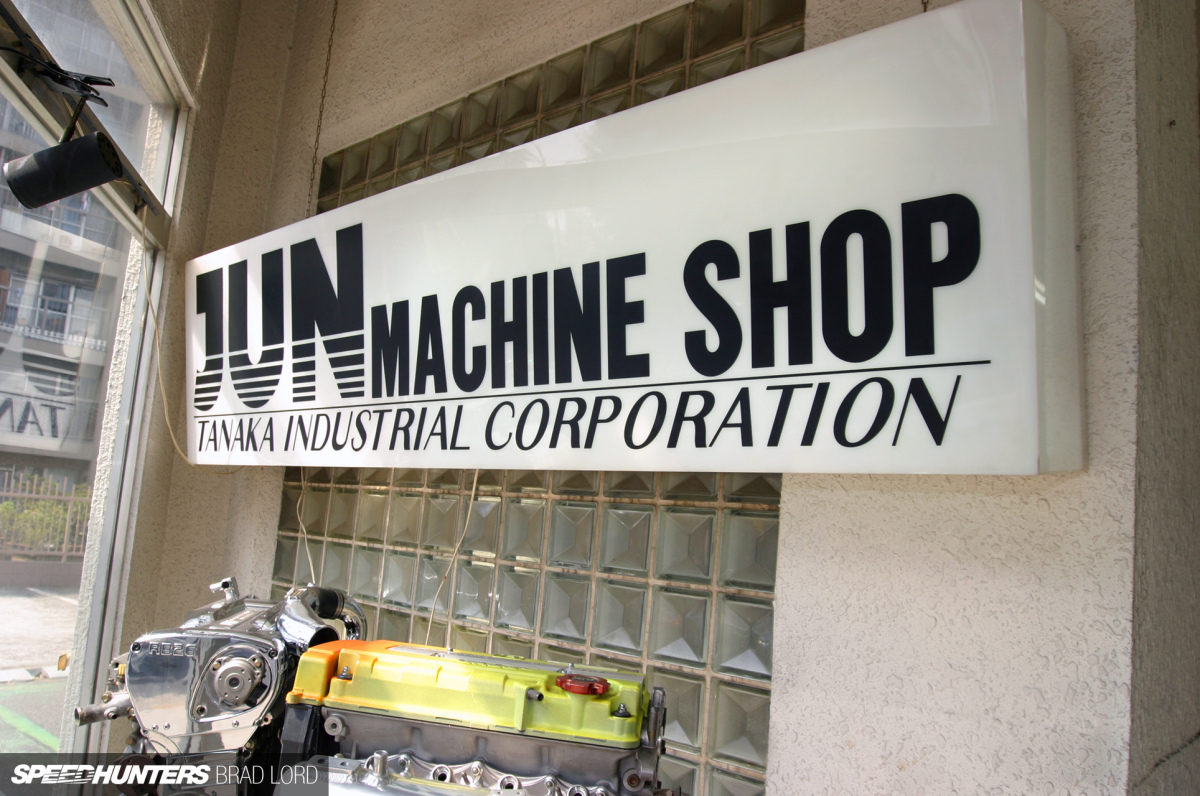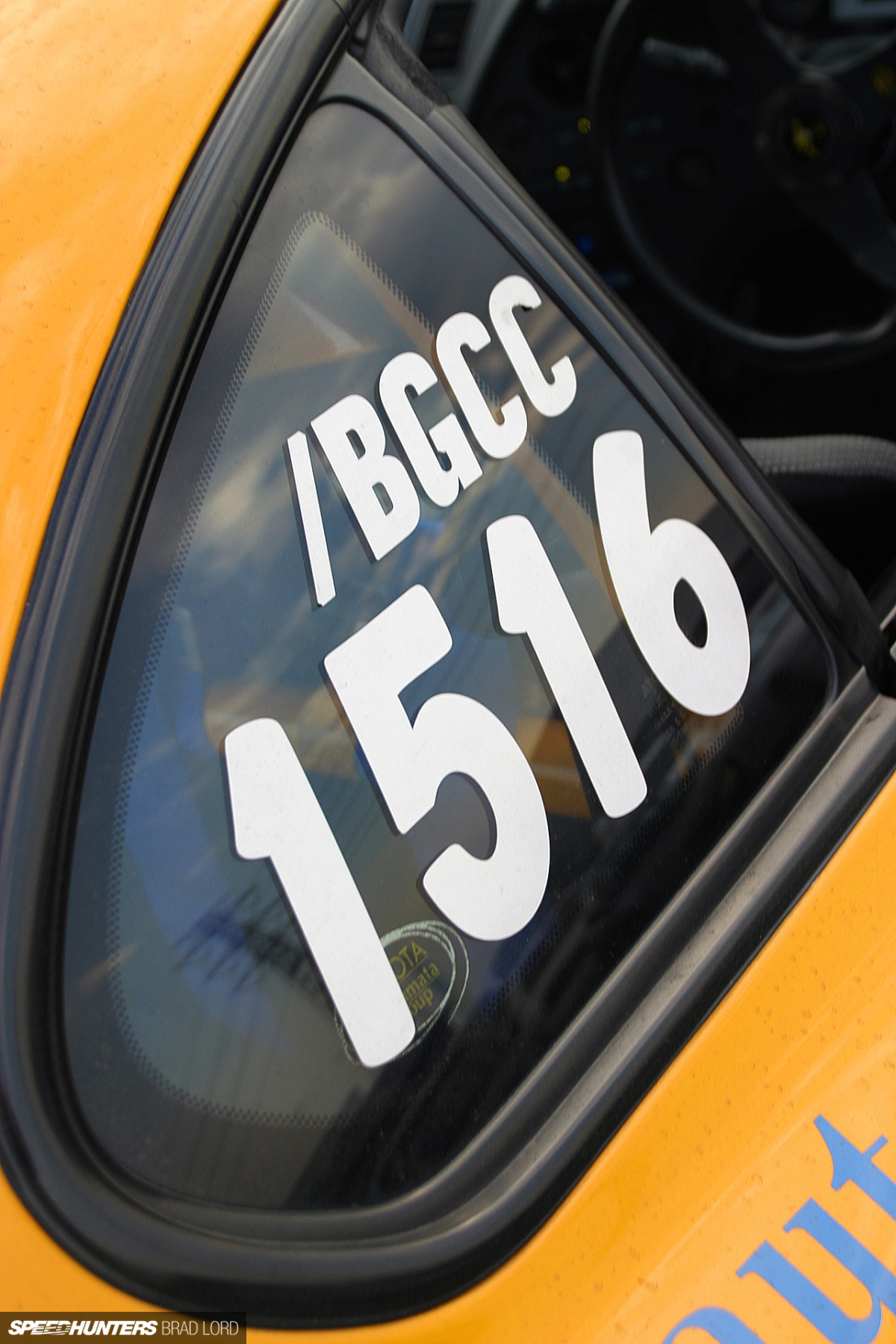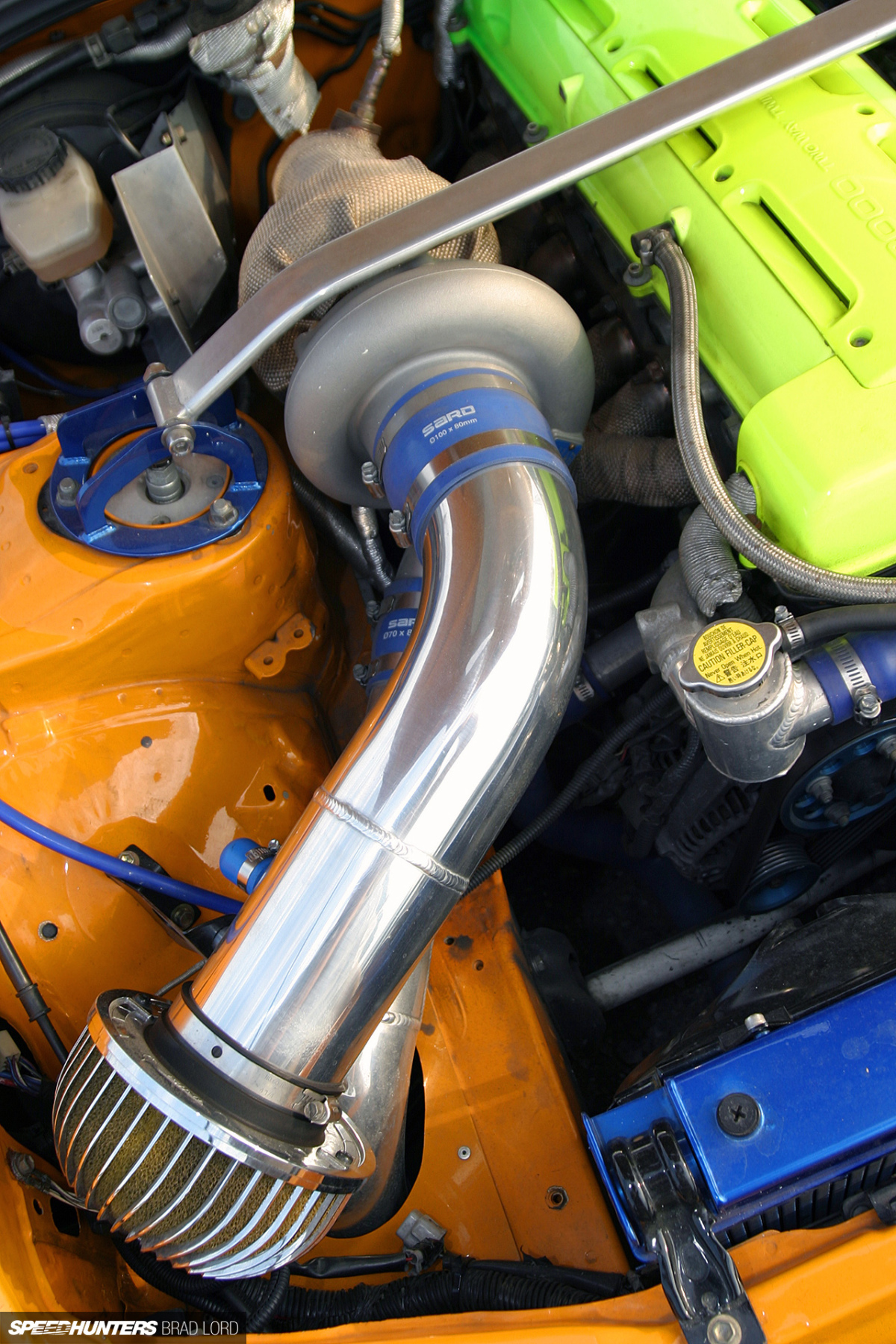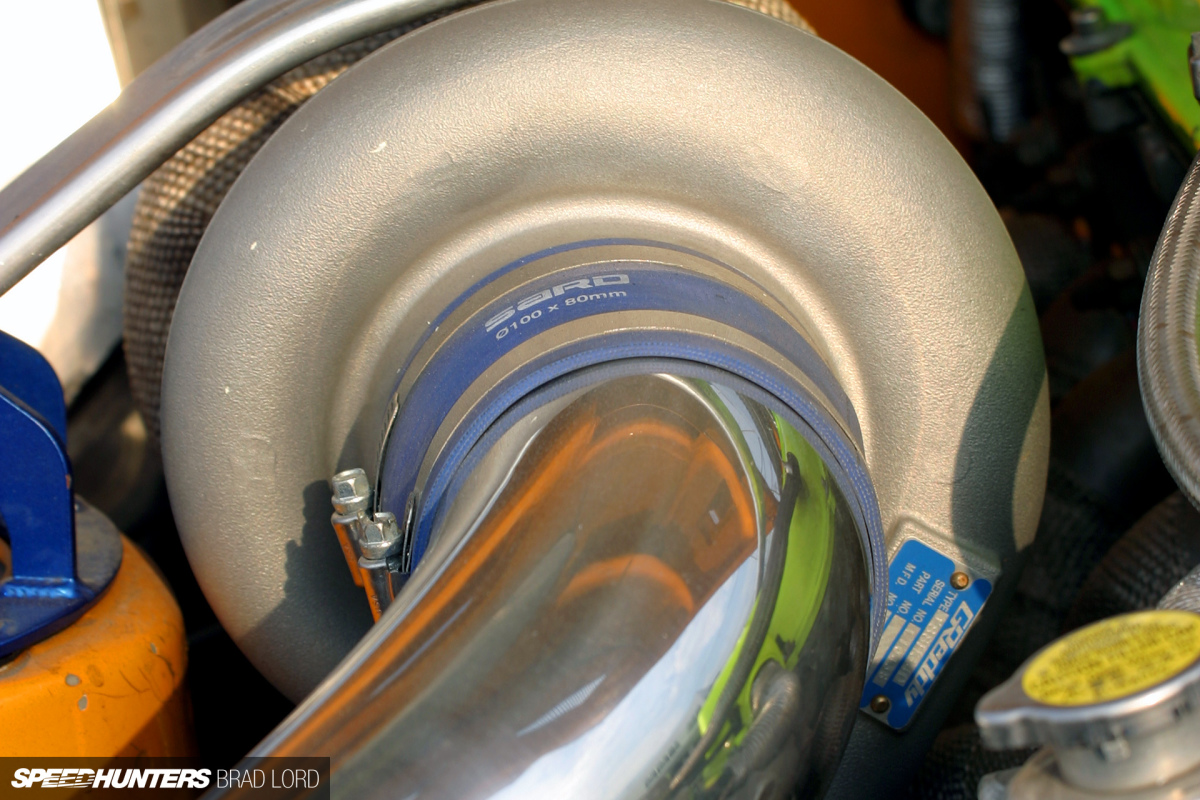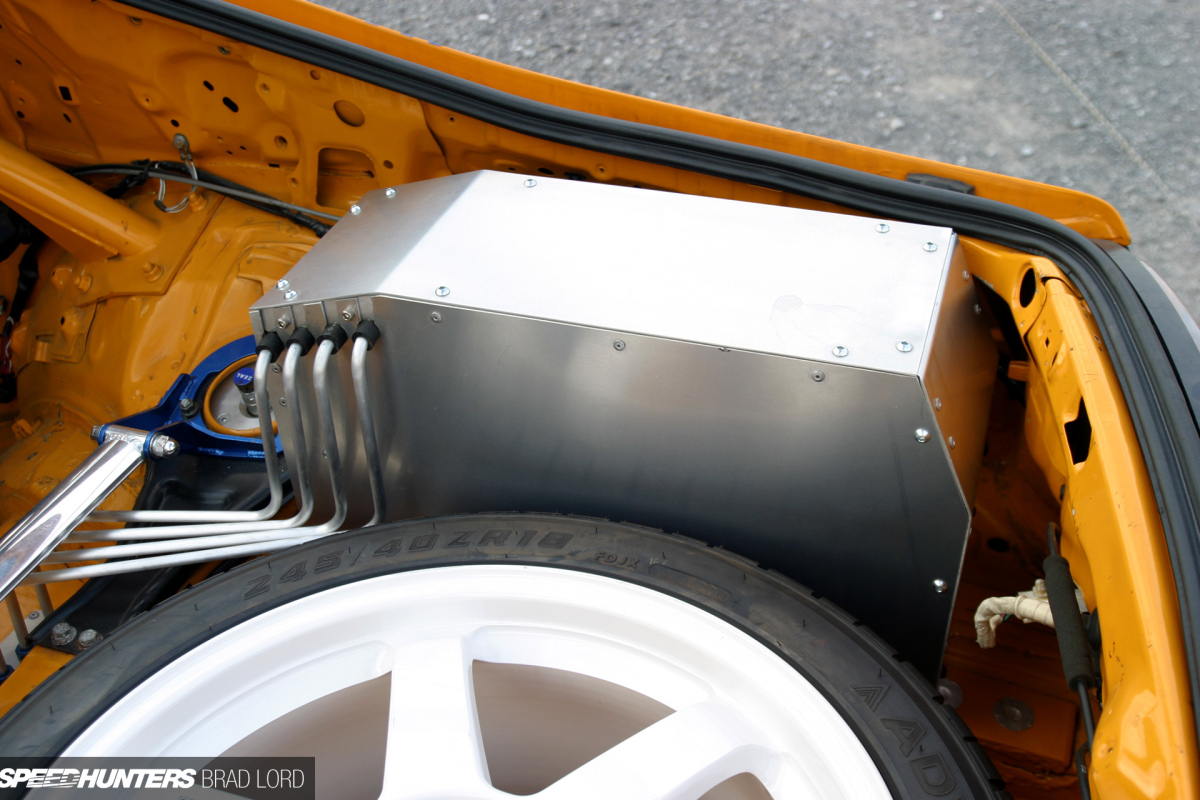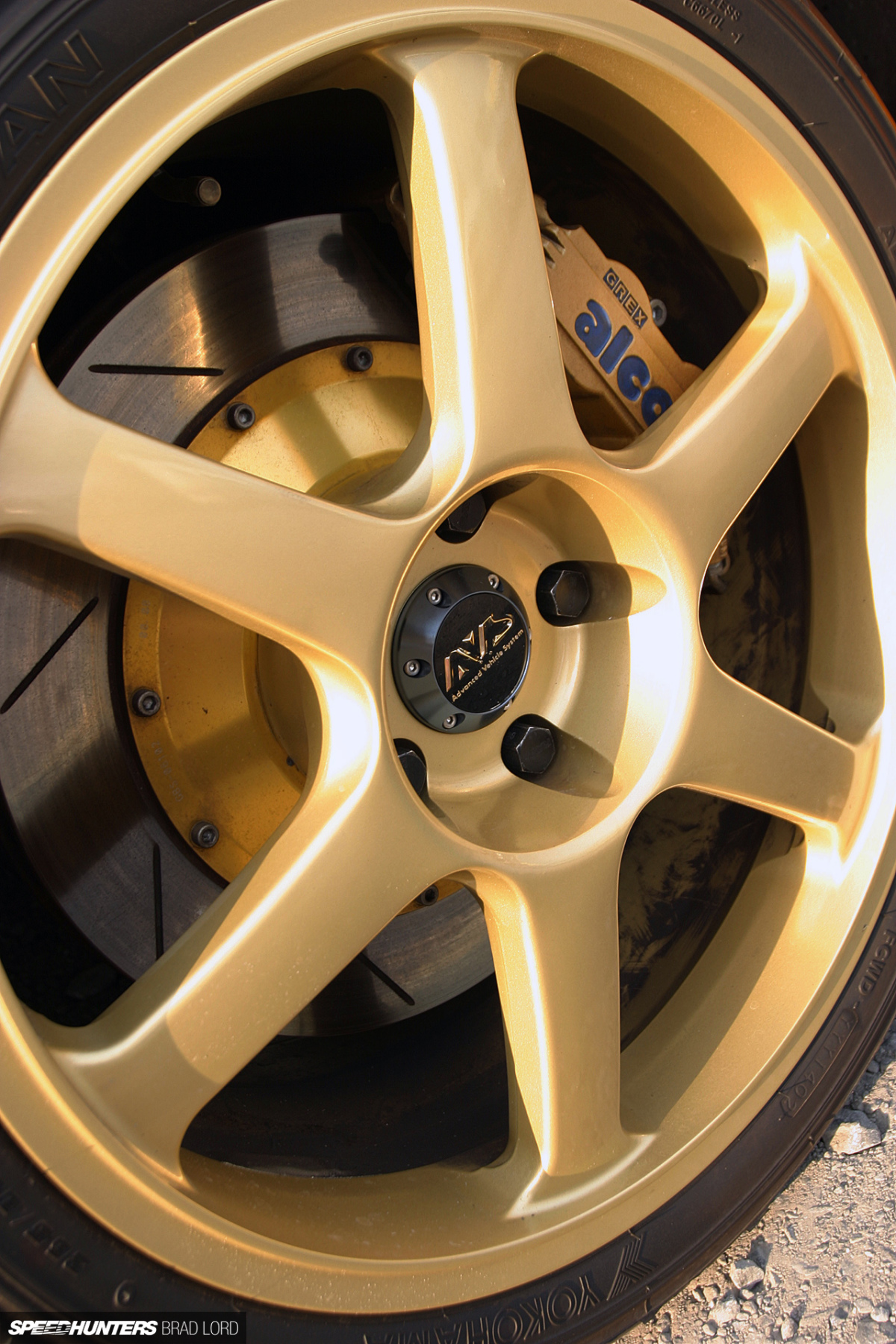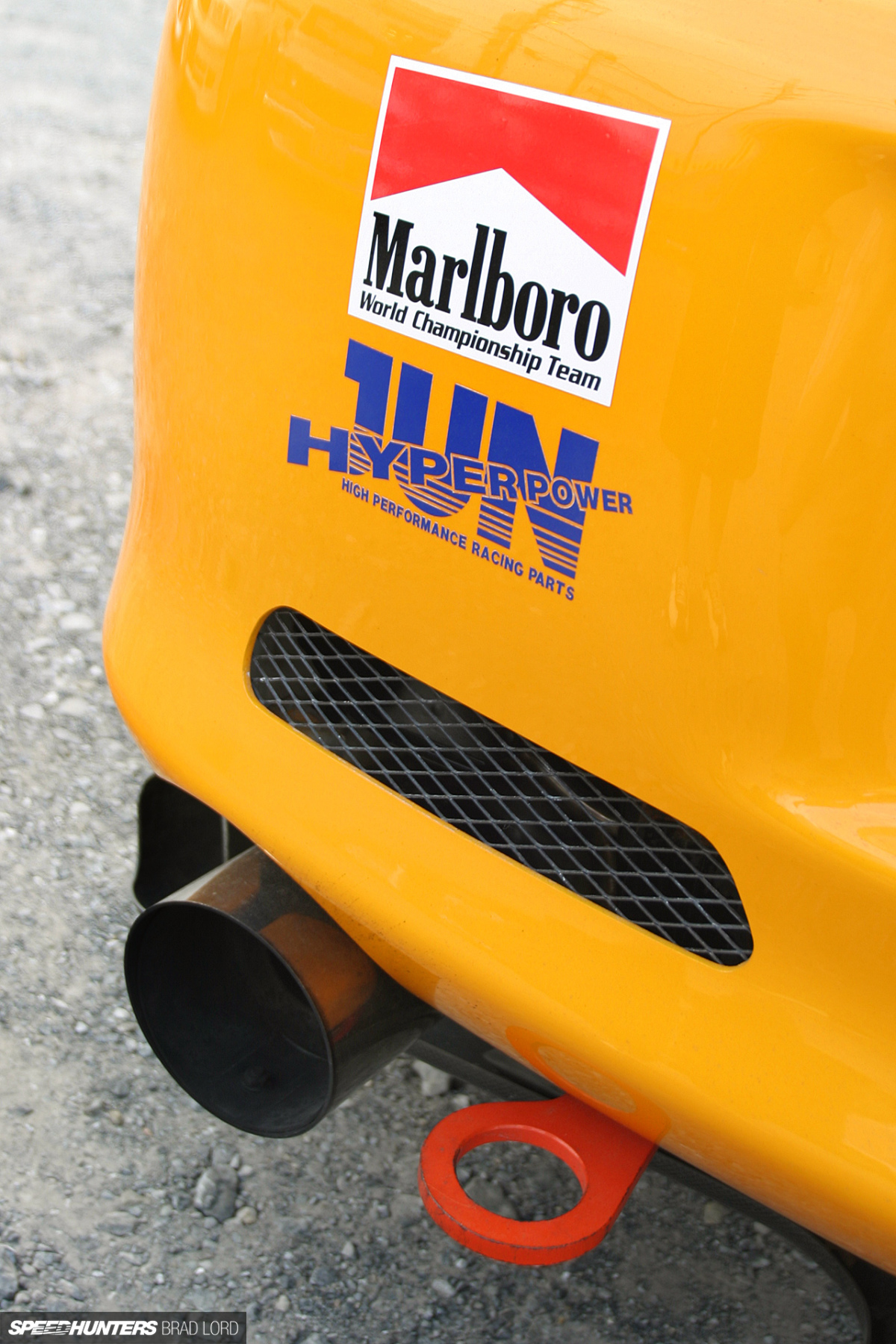We all got the videos that sparked our love for cars or directed our interests in a specific direction.
I can name a few, but the match that stands out is a 21 -second clip of the bright yellow MKIV suprra game designed by Jun, sliding in the Tsukuba circuit. I am not sure where I saw on the Internet for the first time, but in 2001 – four years YouTube It was something – you can bet that I risked the possibility of 25 in life by downloading the BootleGged clip.
https://www.youtube.com/watch?
Fortunately, you don’t have to.

So, imagine my joy, when a few years later, I took a look at what seemed to be the same car that was parked in a lot of stones on the road from the Jun Iruma store.
What I did not know at that time is that this was the same over the covers Maximum strength and Super Street Magazines in late 2001, with a fairly different external appearance. Above the speed that reached the maximum speed of its mind 401.20 km/h (249.292 miles per hour) on Bonfille Salt apartments in Utah, USA.

How did it end here? In 1999, I met the President of Jun Auto Mechanic Susumu ‘God Hand’ Koyama in New Zealand when he traveled here to compete in Speed option experience With Jun Super Impreza GC8 – 580ps (572 hp) beast reached 309.1 km/h on the long, rectal, but rugged and wet. I knew that I had to visit June, and in 2004, I came to Japan and managed to achieve this.


After more than 20 years, I am still modest to receive personal tours at the Nerima Store in Jun in Tokyo and John Automotive/Mechanic in Saitama from the company’s founder, Junishi Tanaka.

I couldn’t spend much time with the above – it was the end of the day, and I had a train to return to Tokyo. But I was lucky enough to take the car to a small open space in the car park for a few pictures.

Jun was founded in 1980, but the history of its mother company dates back to 1946. After World War II, the father of Tanaka-sa was founded by Tanaka Industrial Co. Reuse the machines used in Japanese warplanes for auto applications. To enter the manufacture of performance cars in Japan, Tanaka-SAN Kwama San, a talented young mechanic, has rented the operations, and Jun as we know that it was born.


The latest turbine charger technology was the heart of June operations, and the company soon built a name for itself by building some of the fastest and most powerful cars in Japan. Adjusting the top speed trials that were held in the YATABE Testing Testing Path now by option In the 1980s, the magazine has become an early focus for San. Then, in 1990, he moved to the global theater with multiple appearances in Bonville in different cars. In 2001, Jun returned to Salt Flats with “Akira SuPra” – a trial car that started three years before the Toyota SuPra RZ 1993.

Unlike most cars at Bonneville 200mph Club, Jun’s SuPRA was not a specifically designed racing car. It was a modified street car with the addition of some additional bits (removed) to allow it to reach 400 km/h-Koyama-SAN, which you saw on salt with previous structures.
Almost at the same time, June was in the United States Volume video option. 76That appeared in 2000. Thinking again, this may have been very much Firstly The “viral” video shows the scene of Japan’s control, which was still largely a mystery at the time.
https://www.youtube.com/watch?
Fortunately, the option has officially loaded the full part for three minutes to YouTube a few years ago, so you can watch this by clicking the operation button above. As it turned out, Akira Supra was brought to Tsukuba to see the speed option Eiji ‘Tarzan’ Yamada decided to have some fun …
https://www.youtube.com/watch?
It wasn’t long after I saw the power slide for the first time, I loan a friend A Video option VHS bar, I think, around 2000 as well. In the beloved shots, Akira SuPra was shredded in the length of Tokyo Akalin with more than 300 km/h – Gang Standard of the Golden Age. I just improved.


Even before I knew Bonville’s exploits, Akira above embodied everything amazing about the scene of Japan’s seizure at the time. It was a car on the street could reach 300 km/hour and Drift. It contained a 2.2-liter 2-liter engine with the first-model parts-forged elbows, forged bars and pistons, performance cameras-Torbo T88. The gear attacks were made through a serial gearbox, which was not practically heard in street cars, and was unambiguously with the creation of Jun with a functional external modification and yellow painting.

To try Bonville, the 2JZ engine was completely fixed. In addition to enhancing and adjusting the engine base for more power, Koyama-SAN TWIN TRUST/GREDY Spl T78-29D-14cm Turbos added, a preliminary model of Jun consumption, and fuel system to the task. This system included a 120 -liter tank, five pumps Bustula fuel, and dozens of injection June. It was seized by the HKS F-Con V Pro, where the preparation achieved approximately 1400 points (1,380 hp).

The driving line with the same 6 -speed series of 6 -speeds kept, and it was previously supplied, but the 2.238: 1 tablet ratio was used at the end of the rear end to ensure that the above is 400 km/h mechanically. Along with the dynamic adjustments and full flat steel treatment, average is 240.192 miles per hour (386.55 km/h) on two halves in the E/BGCC category. Access to 401.20 km/h on one of the runs is what he remembers.


When she returned from Bonville, Akira SUPRA was converted to preparing her car on the street, with Trust/Greddy T88-34D-22CM Turbo, more moderate cylinder head specifications, sparkling fuel system, and a more difficult difference. In this model, the power output was 950Ps (937 hp), working around 1.7bar (25psi) of reinforcement. This is the specifications you see here.


The street version of Akira SuPra- The original June appearance of the car-completely reflected on the Japanese-Wooker style in the late 1990s. The front bumper, swollen cover and swollen cover, Aero mirrors, and GT wing were all of June, while the rear publisher was an amymia piece. The completion of the 18-inch Gold Model 6-inch wheels used in Bonneville-wrapped in Yokohama Advan Semi-Slics.


Since SUPRA was not cut off from Road Car to Salt Flats Racer, it was easy for Jun to return him to the street. Despite racing upgrades, such as CUSCO 10 welded points and RCARO SPG seat, it has benefited from some amenities, such as complete motivation, front rugs and door cards. It was also kept in its place, the wing that was originally prepared from GRREDY, as well as the Digital Digital Digital screen with modern countries at the time.

In the years after the 2004 meeting with Akira SuPra, nothing was heard about the car, so I assumed that it had spent more time stopped in the piece. After that, in 2011, June gave a full comprehensive reform – a silver -yellow -yellow and orange paint and update the movement transfer group to use the circle.
Two years later, in early 2013, June put the car for sale, but it took it until late 2014 to buy. This seems to be a long time due to the demand price, which you may want to sit for: ¥ 6,000,000 before the tax – this is only $ 40,000 in today’s funds.
I would like to know where it is over. There is an online gossip that mentions Australia, but I can’t confirm it. We hope that someone can shed some light on their location and the current shape.

One thing is certain: Among all the tuned cars that have been built in Japan over the years, Jun’s SUPRA may be the greatest. It was an unparalleled round.
Unfortunately, Tanaka San died in 2019, 76 years old, after illness, and Coyama San, who fought the disease for years, died in 2022, after Koyama found Labu’s races in 2009/2010. While these symbols of controlling Japanese performance have unfortunately, the June legacy will live forever through cars like legendary Akira above.
Brad Lord
Instagram: Speedhunters_brad

